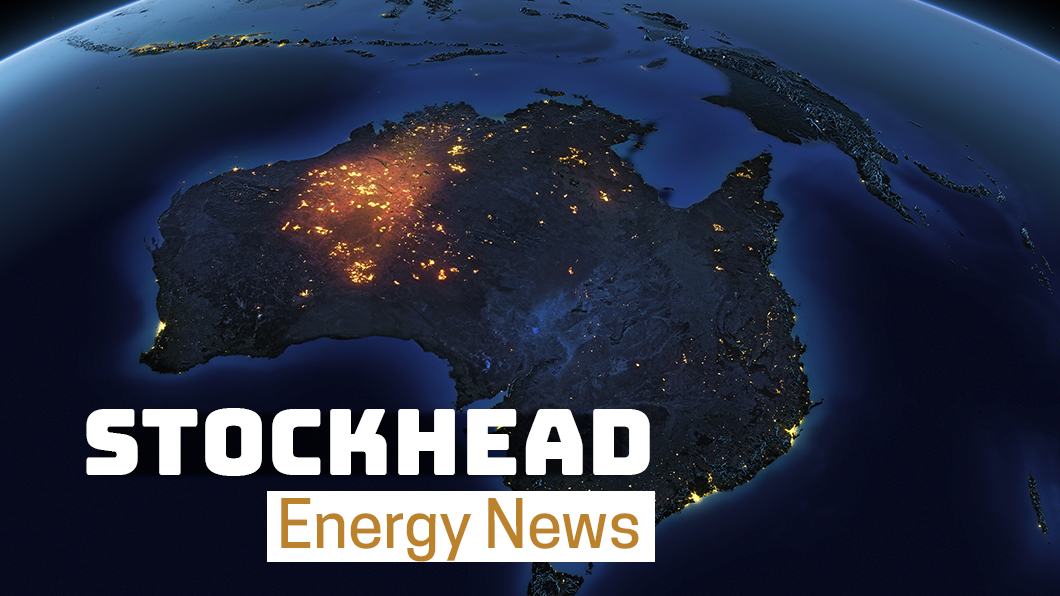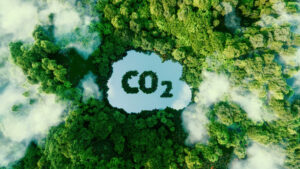Victoria’s home of coal is serious about going green

Pic: Matthias Kulka / The Image Bank via Getty Images
More than 80% of Victoria’s coal is found in the Gippsland Basin off the southeast coast of the state.
It is here, in the Latrobe Valley, that an estimate resource of around 65 billion tonnes makes up around 25% of the world’s known brown coal reserves.
The coal-fired Yallourn Power Station, owned by EnergyAustralia – a wholly owned subsidiary of the Hong Kong-based CLP Group, is also found here.
It has been supplying both Victoria and Australia with electricity since 1974, and in recent years accounts for about 22% of Victoria’s electricity and 8% of the National Electricity Market (NEM).
But with its closure on the horizon scheduled for 2028 – four years ahead of schedule – the region has been turning to zero-emissions hydrogen and the potential job prospects the transition to clean energy could bring.
Latrobe Valley’s renewable energy transition
As part of the retirement of the power station, EnergyAustralia announced its plans to build new storage capacity through a 350 MW four-hour utility scale battery project in March.
The company said at the time that the Woreen Energy Storage System would ensure energy storage is built to allow for increased renewable energy in Victoria before it exits the system.
The Hydrogen Supply Chain (HESC) Pilot Project is being developed by experienced industry partners from Japan and Australia including Kawasaki Heavy Industries, J-POWER, Iwatani Corporation, Marubeni Corporation, AGL and Sumitomo Corporation, supported by the Victorian, Australian and Japanese governments.
It plans to create hydrogen through the gasification of Latrobe Valley coal before its transport to the Port of Hasting for liquefaction and shipment to Japan.
The consortium will use the Victorian government’s carbon capture and storage project, Carbon Net, to store the emissions.
Elsewhere, a 75MW solar and battery plant worth $110 million has been proposed by South Energy spanning 110 hectares of land near the town of Toongabbie.
The project, named Frasers Solar Farm, has obtained planning approval and is envisaged to begin construction in 2022/2033 with the goal to be fully operational in 2024.
Then there is the Star of the South, Australia’s first offshore wind project, which would be located off the south coast of Gippsland with the potential to supply around 20% of Victoria’s electricity needs.
Owned by its Australian founders of the same name and Copenhagen Infrastructure Partners (CIP), the project has recently received $19.5m from the Victorian government to support pre-construction development activities.
Star of the South is one of three major offshore wind projects to receive a funding boost, the others being Macquarie Group and Flotation Energy – the latter also a proposed offshore wind farm off the coast of Gippsland about to begin scoping studies and surveys.
Environmental Clean Technologies purchases site for hydrogen refinery project
And yesterday, Environmental Clean Technologies (ASX:ECT) purchased a site for the development of its proposed headline hydrogen refinery project in the Latrobe Valley, aimed at delivering clean hydrogen, agricultural char, and other valuable products with a net-zero emission footprint.
The property, adjacent to the Yallourn mine and power station, covers an area of 4.2ha and will allow ECT to progress its full feasibility study.
It is also near the T15/16 upgrade project that has been jointly funded by ECT and the owner of Yallourn mine and power station, EnergyAustralia.
Suitability of the site is reinforced by the fact a previous lignite de-watering and briquetting project in 2013 underwent significant site feasibility and planning approvals, the company said.
Although this project did not proceed, planning documents are being shared with ECT by the vendor.
Managing director Glenn Fozard said: “This is an exciting day for ECT as we move one step closer to realising the dream of helping transition Victoria’s vast world-class lignite resource away from its traditional high emission use, toward low and zero emission applications that can deliver a range of economic and environmental outcomes.”
UNLOCK INSIGHTS
Discover the untold stories of emerging ASX stocks.
Daily news and expert analysis, it's free to subscribe.
By proceeding, you confirm you understand that we handle personal information in accordance with our Privacy Policy.








